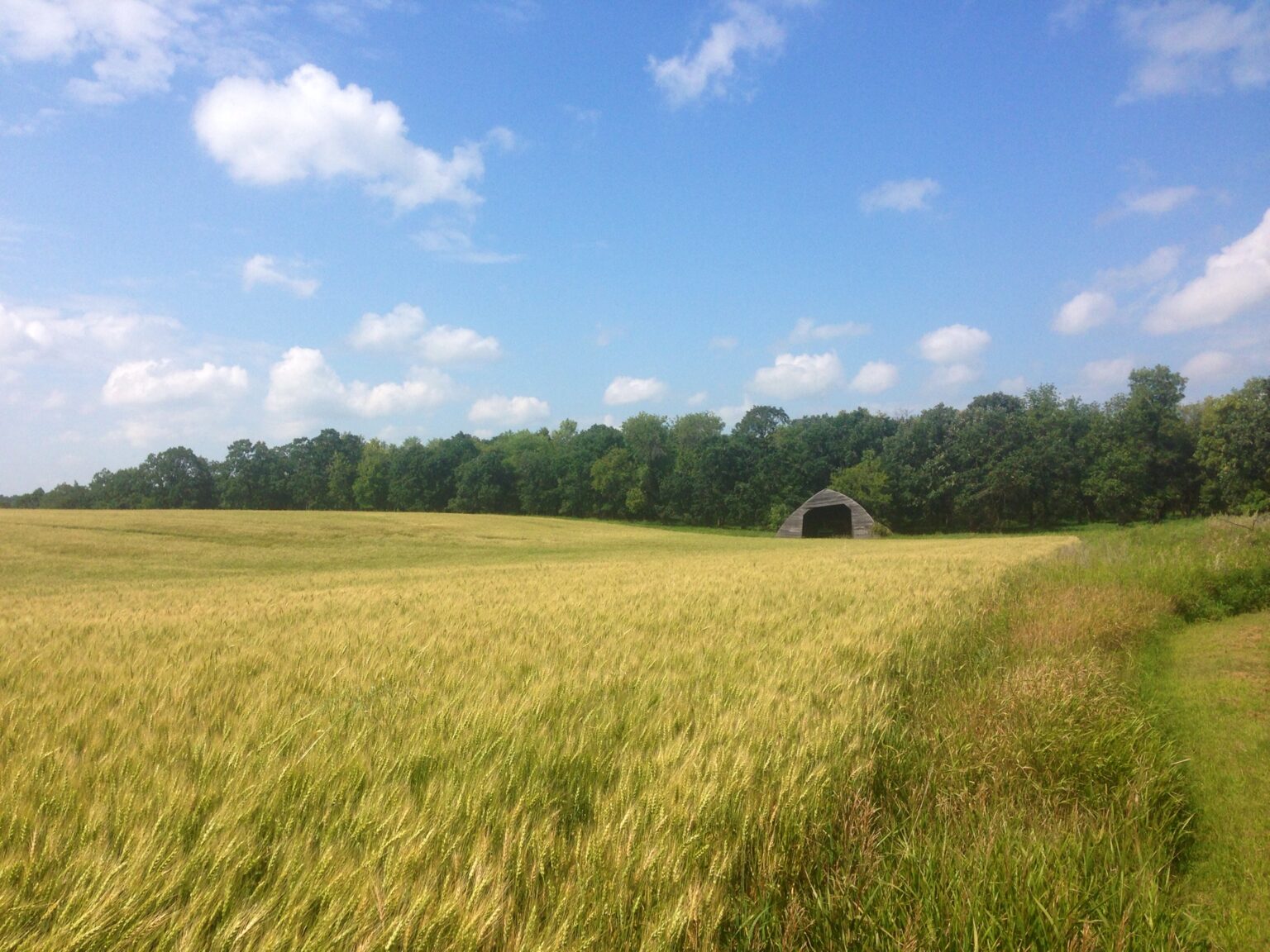Disclosure: While I am a National Dairy Council Ambassador and a member of the Beef Checkoff Beef Expert Bureau, I was not asked to or compensated for writing this blog. The views expressed in this piece are my own.
I recently heard the most cited nutrition researcher in the world say, “We need to eliminate feeding grain to cattle. The environmental impact of doing so is comparable to burning coal.” I was shocked and saddened by this erroneous claim for many reasons.
Why is his assertion wrong? Here are the facts:
Feeding Grain to Cattle Reduces Environmental Impact
Yes, cattle have an environmental impact. They are ruminants. When they eat feed that we as humans cannot digest (e.g., corn stalks, grass, hay, and other matter), the bacteria in their stomachs—the organisms that allow cattle to turn non-digestible matters into energy—produce methane that the cattle belch out of their system. Yes, methane is a greenhouse gas, but the more digestible the feed is, the less methane those gut bacteria create. Feeding grain to cattle causes them to produce less methane, which in turn reduces the environmental impact. Producers in the U.S. have made significant strides to reduce the environmental impact of cattle. Today, greenhouse gas emissions (GHG) from cattle in the U.S. account for just 2 percent of all GHG emissions.
Cattle Create Nutrient-Rich Food by Upcycling
Yes, cattle eat grain in the U.S., but it’s not their primary food source. Just 9 percent of what cattle eat can also be eaten by humans. [Source] The vast majority of what they eat is either not palatable for or not digestible by humans. Cattle create nutrient-rich food—meat and dairy products—by upcycling grass, hay, corn stalks and other matter. Cows in the dairy industry also eat by-products from food production (e.g., orange peels, almond hulls, spent brewers’ grain, etc.). Dairy cows help reduce food waste while creating nutrient-rich dairy products.
The Shorter a Steer’s Life, the Lower His Environmental Impact
Feeding grain to cattle reduces their life span, which is important. The number one determinant of a ruminant’s environmental impact is its lifespan. All cattle start their lives drinking milk and eating grass. Beef cattle that are finished on grain are slaughtered sooner than grass-finished cattle. Grain-finished cattle are typically slaughtered 4-6 months earlier than grass-finished cattle. Why? Grain provides more energy, so the cattle reach slaughter weight sooner.
The U.S. Dairy Industry Is VERY Efficient
When it comes to dairy cows, a cow’s ability to produce milk is limited by two primary factors; her access to water and her access to calories. Dairy cows that get adequate water and energy from their feed can produce more milk. We have about 9 million dairy cows in the U.S. today that produce 60 percent more milk than the 22 million dairy cows in the U.S. in 1950. That incredible increase in efficiency is due in to advances in how dairy cows are bred and fed.
Agriculture Contributes a Small Percent of Greenhouse Gases in the U.S.
The final error in the nutrition researcher’s statement is the comparison to burning coal. According to data from the U.S. Environmental Protection Agency (EPA), less than 10 percent of green house gas emissions come from agriculture with only half of that coming from animal agriculture. Electricity production (28%), transportation (27%), and industrial sources (21%) account for more than three-quarters of U.S. GHG emissions—all sectors of our economy that rely on fossil fuels like coal to be burned. The final sector—commercial and residential (12%)—also relies heavily on fossil fuels to do things like heat, cool, and light our homes and the stores from which we purchase groceries, furniture, and other goods.
What did he just say? Wait, WHAT?
After the research made this statement, a member of the audience asked a follow-up question. “If we stop feeding grain to cattle, what happens to all the land growing the grain and the farmers producing it?” The researcher said, “We can take the land out of production and the farmers can find something else to do.” Oh, dear…
The Pressure to Produce More with Less
Everyone in agriculture is striving to produce more food with less environmental impact. As the global population increases and climate change puts more pressure on farmers everywhere, we must look at every option for producing nutrient-rich food on land that is able to do so.
Who’s Feeding the Rest of Us?
Less than 2 percent of the U.S. population grows the food for the rest of us. Are we really going to encourage the few farmers that are left to “find something else to do”?
Land Use in the U.S.
Finally, most of land devoted to agriculture in the U.S. can’t be used to grow crops. Most agricultural land can only be used for grazing cattle due to poor soil quality or other factors that make tilling crops or planting orchards impossible. [Source] This is the type of land I grew up in northeast North Dakota. While the soil quality is impressive, the rock quantity is depressing. The family joke was we could pick rocks every day for next thousand years, and the land still wouldn’t be good for tilling. Thankfully, cattle don’t mind grazing on grass that grows on rocky soil.
The Bottom Line
As a farmer’s daughter who has watched her father, brothers, and countless other farmers struggle to be financially sustainable while also successfully being environmentally sustainable, the last thing we need are ignorant and arrogant so-called experts advocating outrageous policies for agriculture. Feeding the world while protecting the environment are complex issues for which we need thoughtful discourse and decision making based on peer-reviewed science, not opinion or activism.

